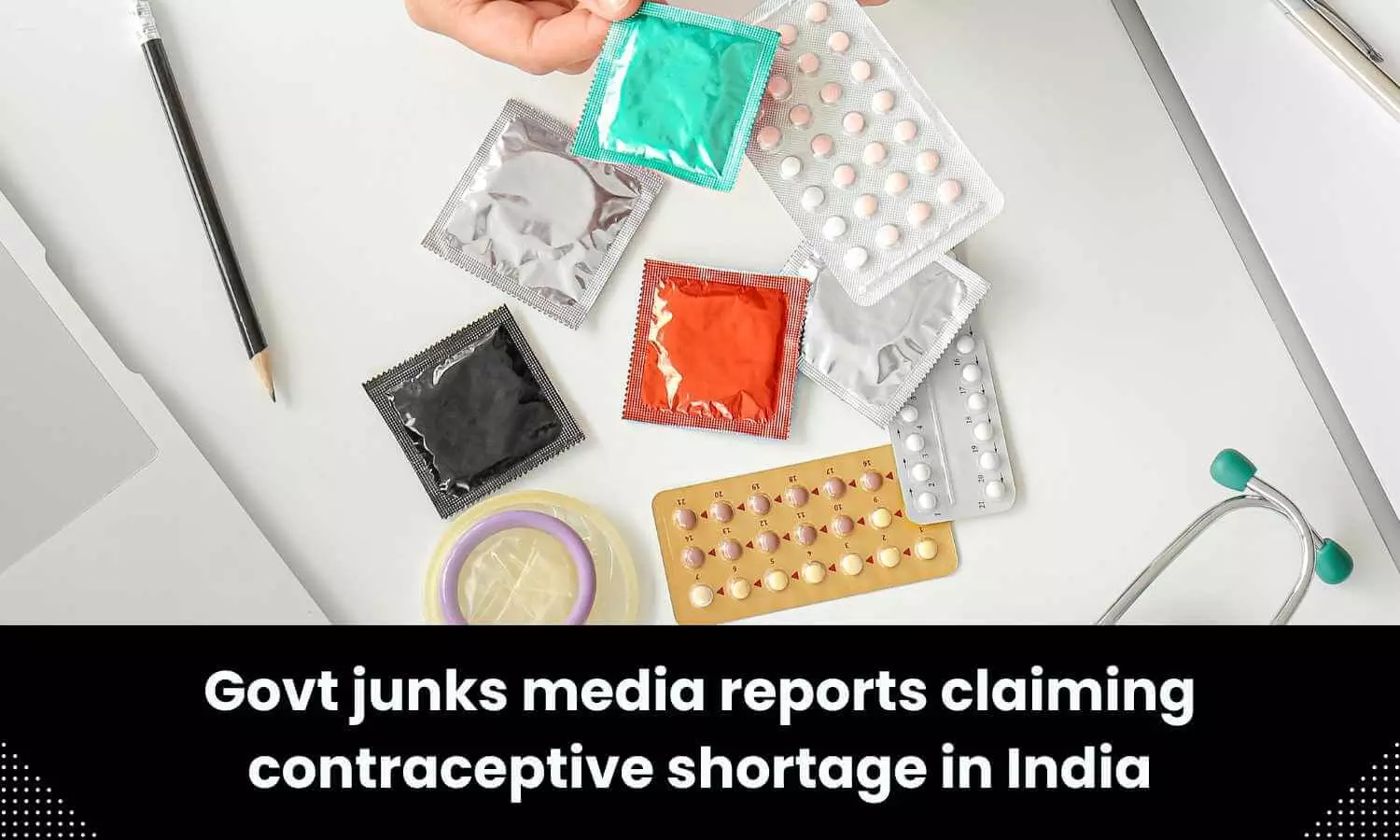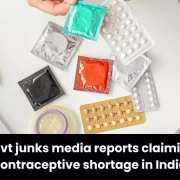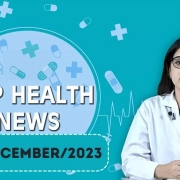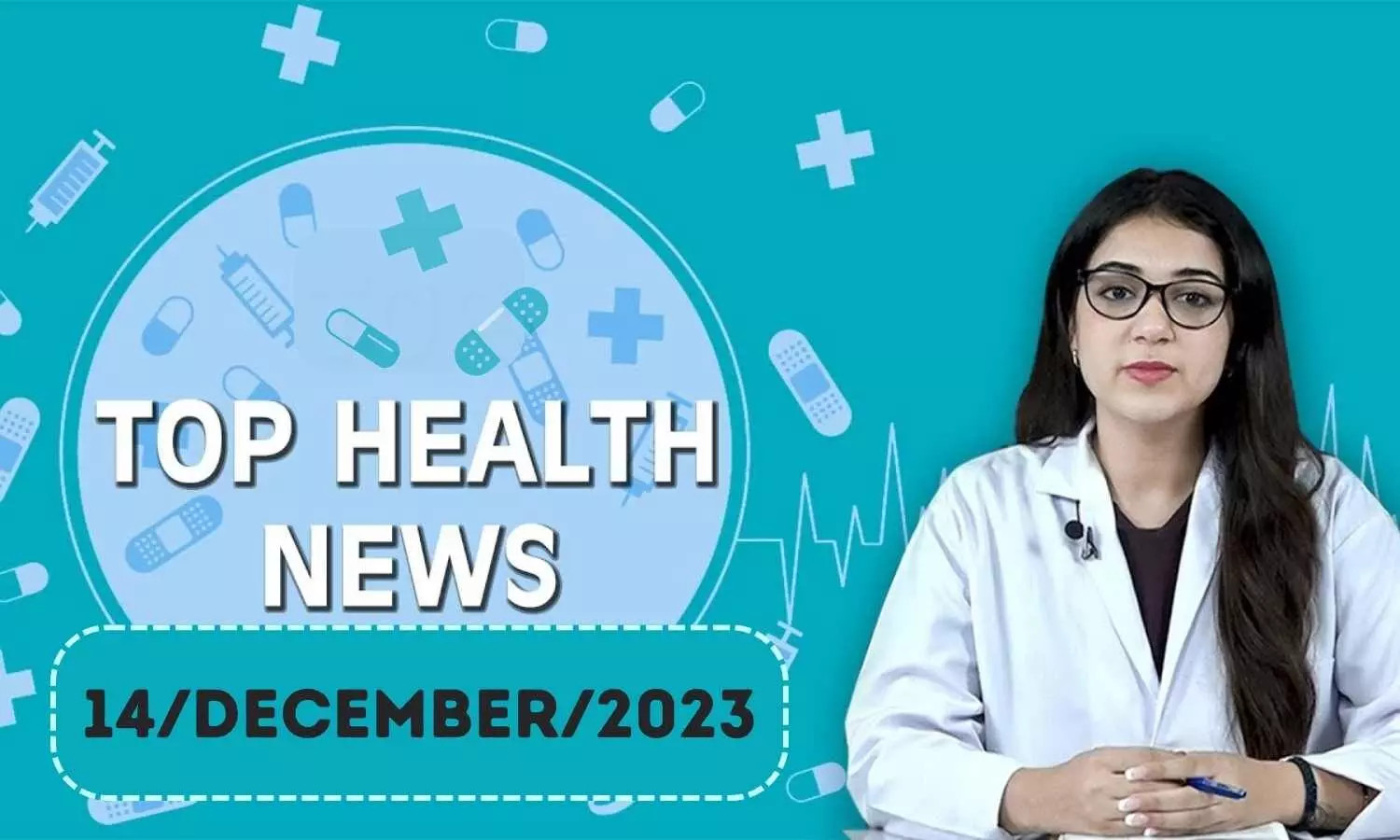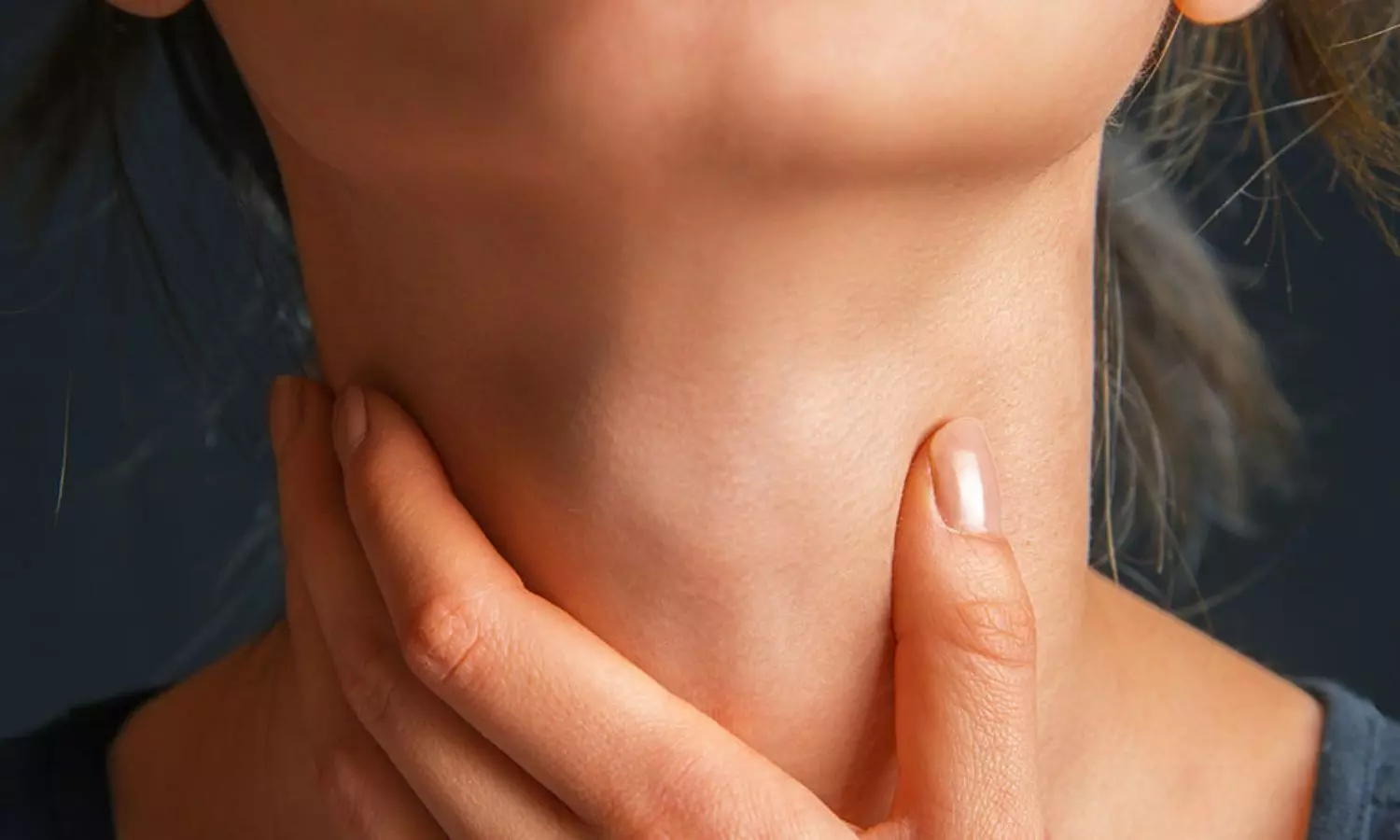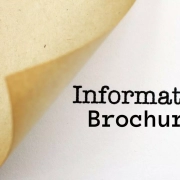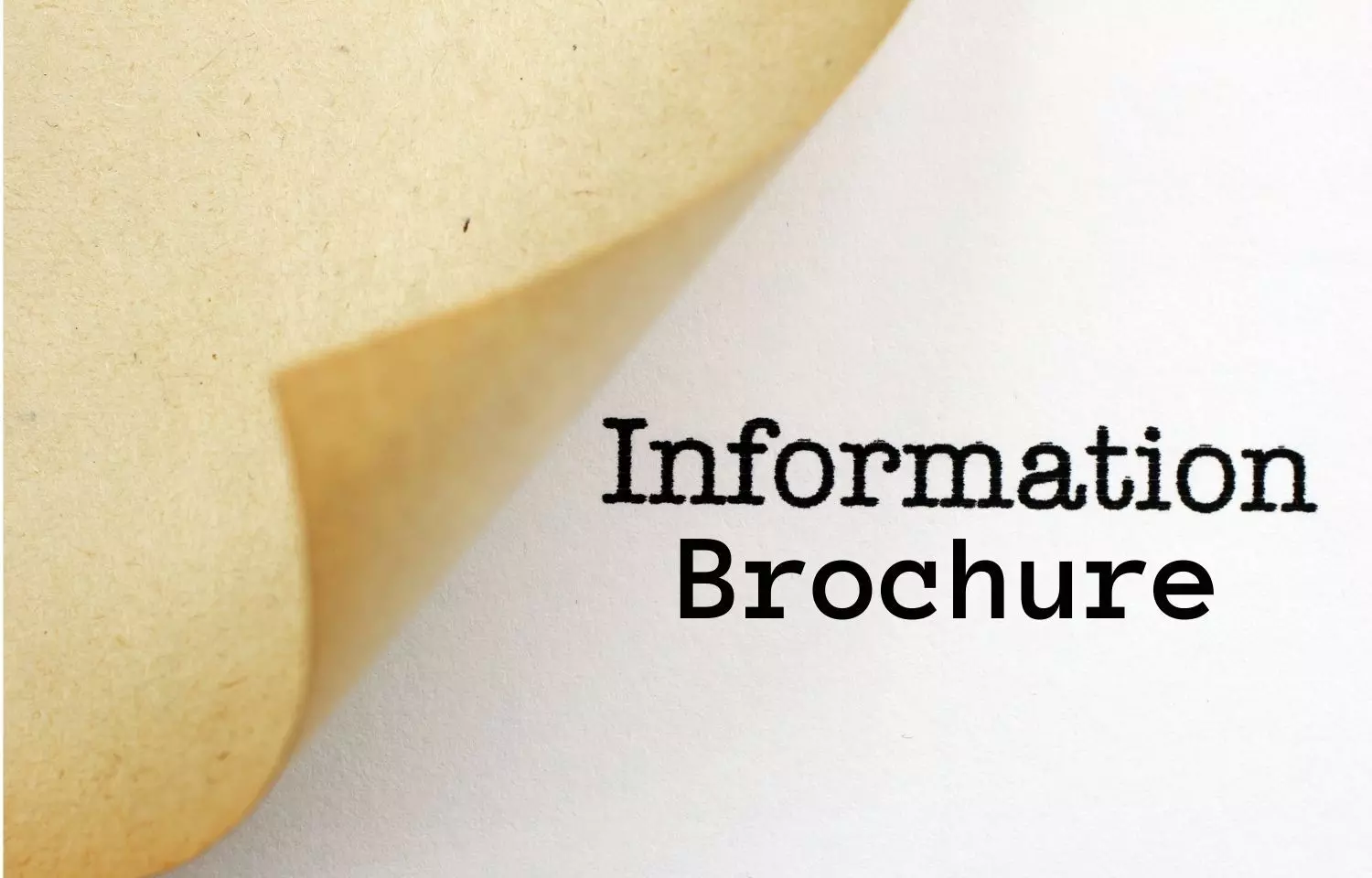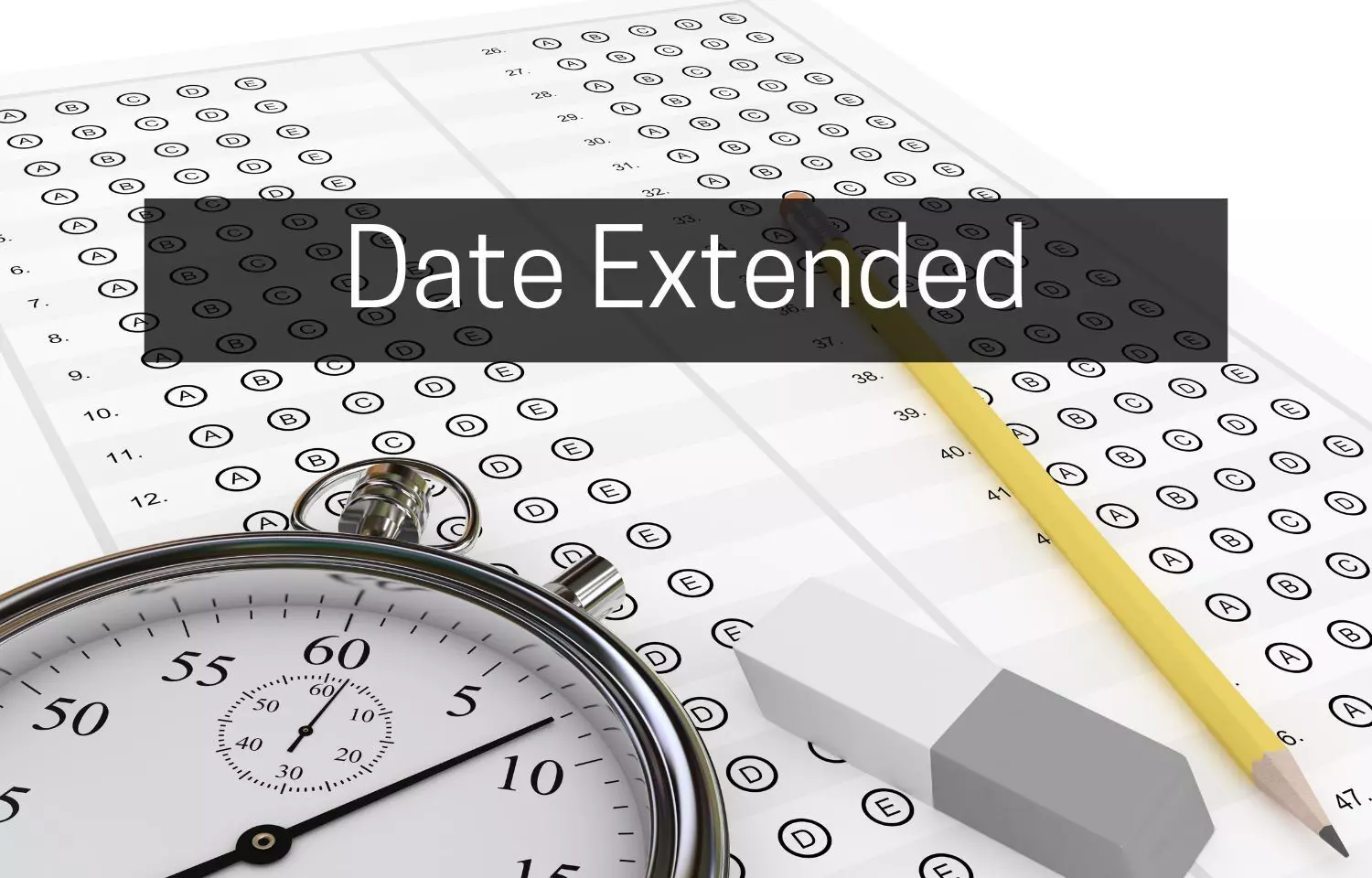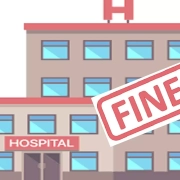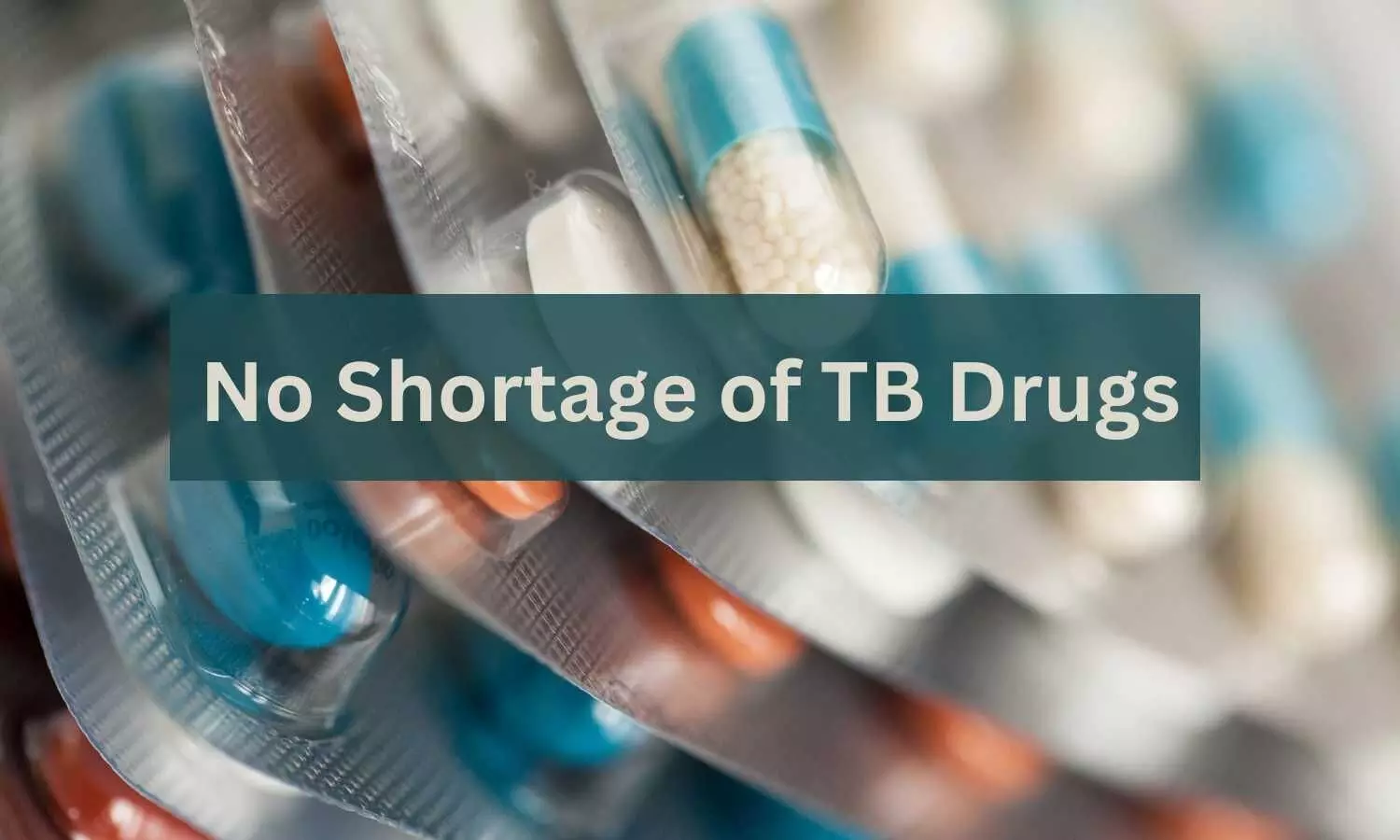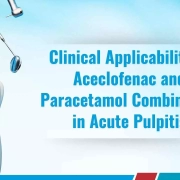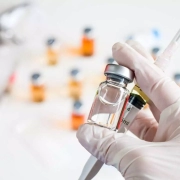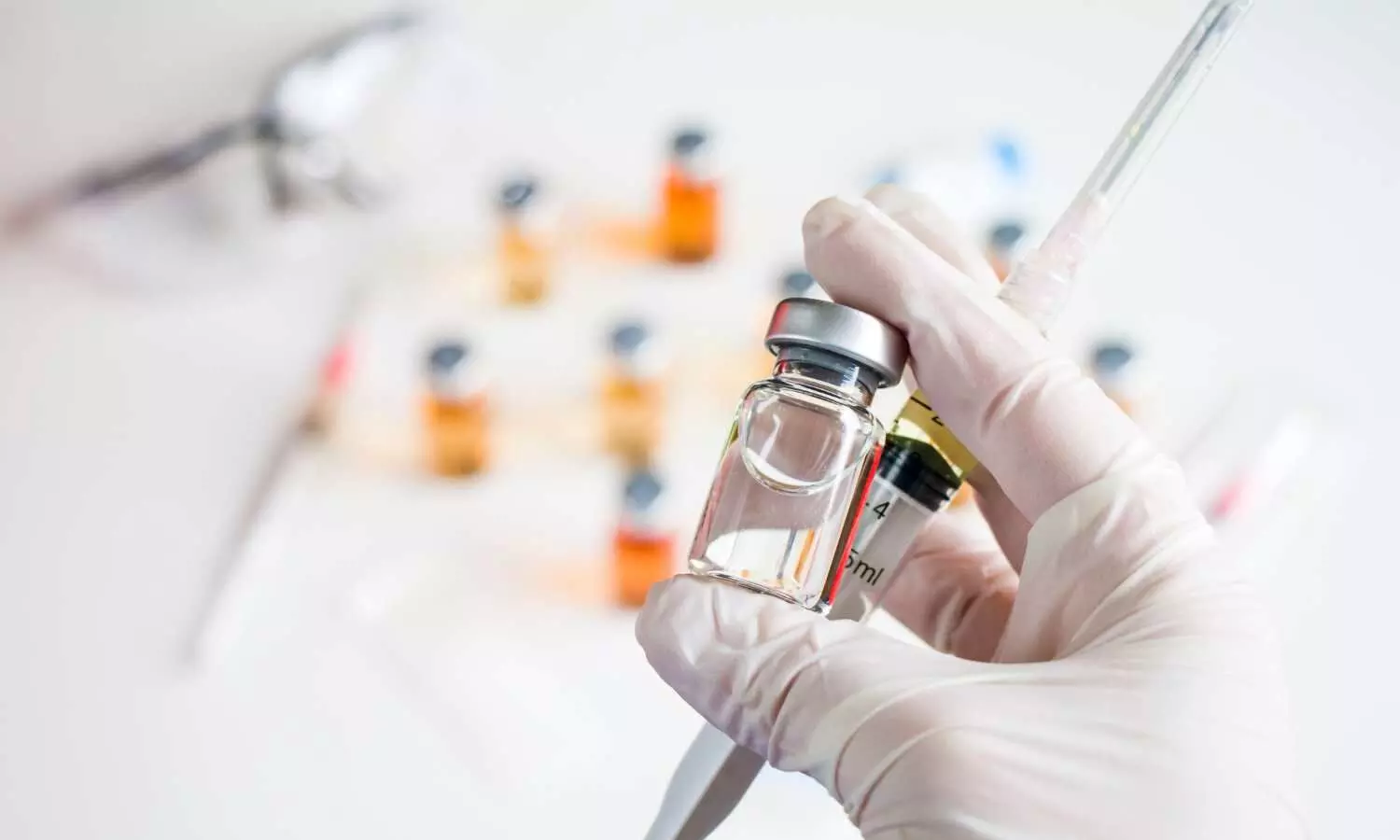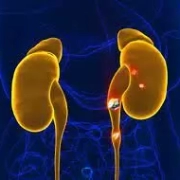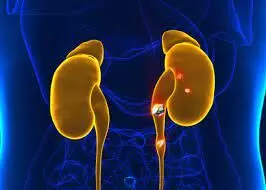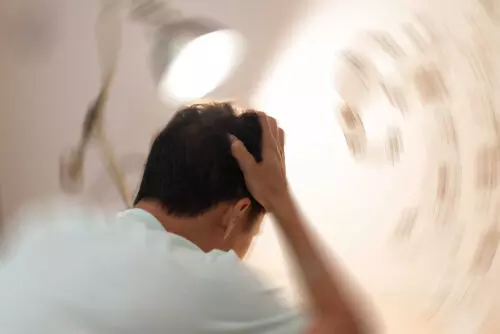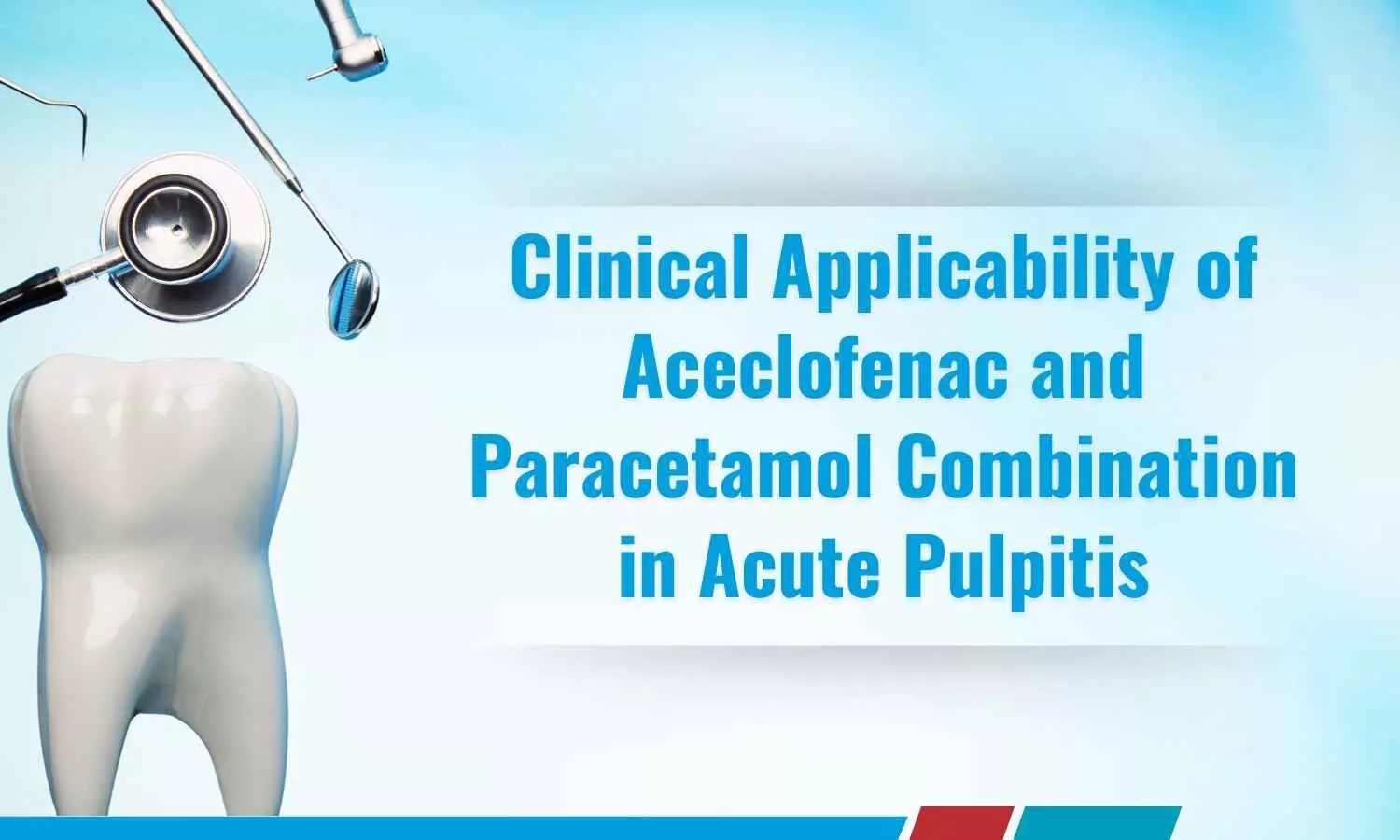
Tooth pulp, a complex connective tissue within teeth, comprises nerves, blood vessels, and various cell types. Pulpitis is referred to as inflammation of tooth pulp, resulting from different irritant stimuli. Pulpitis can be categorized into focal reversible pulpitis, acute pulpitis, and chronic pulpitis.[1,2,3] Acute pulpitis is a painful dental condition characterized by inflammation in the tooth’s innermost pulp due to bacterial infections, often stemming
from tooth decay or trauma. It presents with a severe toothache, heightened sensitivity to temperature changes, localized swelling, and sometimes a bad taste in the mouth. [4]
Among Indian females, the lowest incidence of reversible pulpitis is in the 46-75 age group, while the highest is in the 18-30 age group. In contrast, the highest incidence of irreversible pulpitis is reported among males aged 18-30 years, with the lowest cases found in females aged 46-75 years. This brings out a unique pattern of acute pulpitis distribution in the Indian population.[5]
Effective pain management in acute pulpitis is essential for patient well-being and successful treatment outcomes. It alleviates discomfort during dental procedures, enhancing the overall treatment experience and ensuring patient comfort.[6]
Acute Pulpitis: Practice Perspective Overview
Etiology of Acute Pulpitis: Acute pulpitis results from bacterial invasion into the tooth’s pulp due to dental problems like cavities, trauma, or fractures, exacerbated by inadequate oral hygiene. Risk factors include environmental factors (lack of fluoridated water), medical conditions (diabetes), and habits (high-sugar diets, teeth grinding). Exposure to extreme temperatures, sugary foods, and chewing on hard objects can worsen inflammation and discomfort.[1]
Pathophysiology, Clinical Presentation & Evaluation of Acute Pulpitis: Dental pulp has A-delta and C-fiber nerve pathways that respond to rapid and slow pain stimuli. Pain thresholds differ by tooth region; factors like temperature changes or chemicals activate these nerves. Symptomatic reversible pulpitis causes short, sharp pain, usually triggered by cold, and it subsides when the cause is removed.[1,8]
Diagnosing acute pulpitis entails examining symptoms, signs of inflammation, and diagnostic tests. Pulp vitality, thermal sensitivity, and percussion evaluation help to assess the pulp’s condition. [9]
Differential diagnosis is crucial, considering conditions with similar symptoms such as apical periodontitis, marginal periodontitis, and non-dental conditions like herpes zoster infection, requiring careful evaluation for accurate diagnosis of acute pulpitis.[10,11,12]
Assessing pain in cases of acute pulpitis entails a comprehensive examination of pain intensity and its distinctive attributes as reported by the patient. The Visual Analogue Scale (VAS) is a widely employed method to gauge pain intensity, with patients rating their pain on a scale ranging from 0 to 10. In addition to VAS, alternative scales like verbal rating scales and behavioral rating scales can also be utilized to effectively evaluate and document the patient’s pain experience.[13]
Management Approaches in Acute Pulpitis
Managing acute pulpitis conservatively involves precise diagnosis through clinical assessment and diagnostic tests. Pain relief is a priority, optimally utilizing analgesics and anti-inflammatory medications and considering antibiotics for treating infections, as indicated. Local anesthesia provides immediate relief during pulp capping with materials like calcium hydroxide or Mineral Trioxide Aggregate (MTA). A pulpotomy retains tooth vitality for reversible pulpitis by partially removing the inflamed pulp. Patient education on oral hygiene and dietary modifications is crucial, along with regular follow-up & monitoring to preserve tooth function and health.[14,15]
Dentists are pivotal in acute pulpitis management, focusing on pain control, patient education, and informed consent. Their expertise in understanding pain mechanisms and diagnostics is essential for effective treatment. Dentists need a deep knowledge of applying drug mechanisms to address endodontic pain, ensuring patient comfort and well-being.[16] Nonsteroidal anti-inflammatory drugs (NSAIDs) find frequent application in the prevention and management of postoperative endodontic pain. In dentistry, a principle often referred to as the ‘3-D’s’ (comprising diagnosis, dental treatment, and drug therapy) serves as a guiding framework for pain management, where pharmacological interventions are considered supplementary to dental procedures.[17,18]
Pharmacological Management in Acute Pulpitis
Effective and safe pain management is a paramount objective in dental practice, particularly in the context of pulpitis and pulpitis-related pain. Dental procedures, especially those addressing acute pulpitis, can induce discomfort and postoperative pain. Hence, dentists must employ suitable analgesics to ensure both the treatment’s success and the alleviation of pain linked to inflammation and surgical interventions in pulpitis cases.[19] The pharmacological therapies can be broadly grouped as follows:
- Pain Relief Medications: Non-steroidal anti-inflammatory drugs (NSAIDs) for pain and inflammation. Paracetamol for pain and associated pyrexia relief. [20]
- Opioids: Opioids may be considered for severe pain management in acute pulpitis.[20]
- Steroids: Steroids such as dexamethasone may be considered in cases of acute pulpitis with significant inflammation to help reduce swelling and discomfort.[20]
- Multimodal drug therapy: It involves using a combination of medications with different mechanisms of action to manage pain and inflammation effectively. [21]
Clinical Applicability of Aceclofenac and Paracetamol Combination in Acute Pulpitis
Aceclofenac, an oral NSAID, effectively manages painful inflammatory conditions like pulpitis. It’s known for tolerability and fewer gastrointestinal side effects, leading to better patient compliance. NSAIDs, including Aceclofenac, play a crucial role in managing pulpal pain before and after dental procedures. [22]
Paracetamol is widely used as an analgesic and antipyretic. It works uniquely by targeting COX peroxidase activity, especially at low peroxide levels, focusing on the central nervous system without peripheral anti-inflammatory effects. Due to its effectiveness in managing pain, paracetamol is often combined with other NSAIDs and/or opioids to enhance overall pain relief.[19]
The synergistic combination of Aceclofenac and Paracetamol offers a well-rounded approach to dental pain management. While Aceclofenac tackles inflammation at the tissue site, Paracetamol provides effective pain relief, making this combination a valuable consideration option for addressing pulpitis and pulpitis-related dental pain.[19,22,23]
Aceclofenac & Paracetamol: Clinical Evidence
Beneficial Effects of Aceclofenac and Paracetamol in Acute Pulpitis- An Indian Experience:
In a prospective clinical trial conducted by Solete and Ramesh, 120 patients with symptomatic irreversible pulpitis were enrolled. After root canal shaping and cleaning, participants were randomly divided into four groups: placebo, piroxicam 20mg, and two groups involving paracetamol and aceclofenac sodium, one with 325 mg of paracetamol and the other with 650 mg of paracetamol. Pain scores were assessed at 6, 12, and 24 hours. Results demonstrated that the combination of aceclofenac and paracetamol, when compared to a placebo, significantly reduced pain severity (p < 0.01) at 6 hours and exhibited superior pain reduction (p < 0.05) at 12 and 24 hours after root canal procedures. This study highlights the effectiveness of aceclofenac and paracetamol in alleviating dental pain in cases of acute pulpitis.[24]
Effectiveness of Aceclofenac in Acute Irreversible Pulpitis:
In a randomized double-blind trial study conducted by Pavithra P. et al. involving 85 patients with acute irreversible pulpitis, the analgesic effectiveness of Aceclofenac and Ibuprofen was compared. Among the 50 eligible patients, Group A received 400mg of Ibuprofen, while Group B received 100mg of Aceclofenac. Pain intensity, assessed using the Visual Analog Scale (0-100), significantly decreased after drug administration. At 45 minutes, Group B (Aceclofenac) demonstrated a notably lower pain intensity of 9.16+1.57 (P<0.001) compared to Group A (Ibuprofen) with 40.36+4.241. The study concluded that Aceclofenac 100mg exhibited a superior analgesic effect in patients with irreversible pulpitis, highlighting its potential for effective postoperative pain management. [22]
NSAID plus Paracetamol for Postoperative Endodontic Pain related to Pulpitis:
In a systematic review and meta-analysis encompassing 27 studies involving 2,188 patients, Shirvani et al. discovered that non-narcotic analgesics, including NSAIDs and paracetamol, exhibited remarkable effectiveness in mitigating postoperative endodontic pain. The meta-regression analysis revealed that non-narcotic analgesics, including NSAIDs and paracetamol were significantly more effective than placebo in managing post-operative pain, resulting in standardized mean differences of -0.50 (95% CI= -0.70, -0.30), -0.76 (95% CI= -0.95, -0.56), -1.15 (95% CI= -1.52, -0.78), and -0.65 (95% CI= -1.05, -0.26) immediately after the procedure and at 6, 12, and 24 hours post-operative follow-ups, respectively (P < 0.001). These findings underscore the efficacy of NSAIDs and paracetamol in managing post-endodontic dental pain, directly pertinent to relieving pain and inflammation related to pulpitis. [25]
Clinical Benefits of Aceclofenac and Paracetamol
- Effective Pain Management: Aceclofenac and Paracetamol effectively relieve pain, making them suitable for painful dental conditions. [19,22,23]
- Reduced Inflammation: Aceclofenac has anti-inflammatory properties that can help reduce inflammation associated with acute pulpitis. [22,23]
- Comprehensive Relief: When Aceclofenac and Paracetamol are combined, they provide comprehensive relief by simultaneously addressing pain and fever, offering a comprehensive approach to symptom management. [19,22,23]
- Synergetic Efficacy: This combination offers synergistic efficacy, effectively managing pain and fever and improving overall symptom control. [19,22,23]
- Rapid Onset of Action: These medications are known for their quick onset of action, ensuring patients experience pain relief in a relatively short time. [19,22,23]
Take Home Messages
- Acute pulpitis is a distressing dental condition characterized by inflammation in the innermost part of the tooth’s pulp, resulting in excruciating toothache and heightened sensitivity to temperature variations. [1,2,3]
- Acute pulpitis primarily arises from bacterial invasion into the dental pulp, often stemming from dental issues like cavities, trauma, or poor oral hygiene. Environmental factors, systemic conditions, and lifestyle choices can further contribute to the risk of pulpitis. [1]
- A rational approach to managing acute pulpitis includes precise diagnosis, appropriate pain relief through analgesics and anti-inflammatory medications, and, antibiotics, when necessary. The choice of pharmacological pain relief agents is important for prompt and effective pain relief. [14,15,16,17,18]
- The combination of Aceclofenac and Paracetamol has shown remarkable efficacy in reducing dental pain in multiple clinical trials, making it a valuable consideration in acute pulpitis management.[19,22,23,24,25]
- Aceclofenac and Paracetamol offer effective pain management, reduce inflammation, and provide dual-action pain relief. The combination exhibits a rapid onset of action, ensuring prompt relief for patients suffering from acute pulpitis.[19,22,23,24,25]
The combination of Aceclofenac and Paracetamol offers a promising approach to manage acute pulpitis effectively, providing comprehensive pain relief and improving patient well-being. [19,20,21,22,23,24,25]
References:
1. Dr Syed Gufaran Ali1, Dr Sanjyot Mulay. Pulpitis: A review. IOSR Journal of Dental and Medical Sciences,2015;14(8):92-97 https://www.researchgate.net/publication/281228037_Pulpitis_A_review
2. Mahsa Dastpak 1, Jamileh Ghoddusi 2, Amir Hossein Jafarian 3, Majid Sarmad Association between Clinical Symptoms and Histological Features of Molars with Acute Pulpitis. Iranian Endodontic Journal 2023;18(2): 91-95 https://pubmed.ncbi.nlm.nih.gov/37152857/
3. Bahadur F.Alieva , Latafat A. Gardashovab. Selection of an optimal treatment method for acute pulpitis disease. Procedia Computer Science,2017;120:539–546 https://doi.org/10.1016/j.procs.2017.11.276
4. Valentina NICOLAICIUC. Dental Pulpitis and Elements Of Endodontic Therapy. The State University Of Medicine and Pharmacy, Medicina,2013;107:181-186 https://propedeutica.usmf.md/wp-content/blogs.dir/130/files/sites/130/2018/03/Dental-pulpitis.pdf
5. Govula Kiranmayi, Lavanya Anumala, Richard Kirubakaran. Estimation of the Prevalence of Pulpitis in the Tertiary Care Hospital in Nellore district- A cross-sectional study. IOSR Journal of Dental and Medical Sciences,2018;18(8):63-66 https://www.researchgate.net/publication/338229885_Estimation_of_the_Prevalence_of_Pulpitis_in_the_Tertiary_Care_Hospital_in_Nellore_district-A_cross_sectional_study#:~:text=Results%3A%20The%20total%20prevalence%20rate,age%20group%2018%2D30%20years.
6. Thompson, W., Howe, S., Pitkeathley, C., Coull, C., & Teoh, L. Outcomes to evaluate care for adults with acute dental pain and infection: a systematic narrative review. BMJ Open,2022;12(2):e057934. https://doi.org/10.1136/bmjopen-2021-057934
7. Yu, C., & Abbott, P. V. An overview of the dental pulp: its functions and responses to injury. Australian Dental Journal,2007;52(s1):s4-16. https://doi.org/10.1111/j.1834-7819.2007.tb00525.x
8. Bender, I. Pulpal pain diagnosis—A review. Journal of Endodontics,2000;26(3):175–179. https://doi.org/10.1097/00004770-200003000-00012
9. Adriano Piattelli, MD, DDS* Tonino Traini, DDS, PhD*. DIAGNOSIS AND MANAGING PULPITIS: REVERSIBLE OR IRREVERSIBLE? Practical procedures & aesthetic dentistry,2007;19(2). https://www.researchgate.net/publication/6236907_Diagnosis_and_managing_pulpitis_reversible_or_irreversible
10. Klausen, B., Helbo, M., & Dabelsteen, E. A differential diagnostic approach to the symptomatology of acute dental pain. Oral Surgery, Oral Medicine, and Oral Pathology,1985;59(3):297–301. https://doi.org/10.1016/0030-4220(85)90170-7
11. Lopes, M. A., de Souza Filho, F. J., Jorge Júnior, J., & de Almeida, O. P. Herpes zoster infection as a differential diagnosis of acute pulpitis. Journal of Endodontics,1998;24(2):143–144. https://doi.org/10.1016/s0099-2399(98)80095-2
12. Tonetto, M. R., de Andrade, M. F., Bandéca, M. C., Kuga, M. C., Keine, K. C., Pereira, K. F., Magro, M. G., Diniz, A. C. S., Galoza, M. O. G., & de Barros, Y. B. A. M. Differential Diagnosis and Treatment Proposal for Acute Endodontic Infection. The Journal of Contemporary Dental Practice,2015;16(12):977–983. https://doi.org/10.5005/jp-journals-10024-1791
13. Korsantiia, N. B., Davarashvili, X. T., Gogiashvili, L. E., Mamaladze, M. T., Tsagareli, Z. G., & Melikadze, E. B. Correlation between dental pulp demyelination degree and pain visual analogue scale scores data under acute and chronic pulpitis. Georgian Medical News,2013;218:62-7.https://pubmed.ncbi.nlm.nih.gov/23787510/
14. Akhmedov Muzaffarbek Ulugbek ugli1. CONSERVATIVE TREATMENT OF PULPITIS. EURASIAN JOURNAL OF ACADEMIC RESEARCH,2021;1(3);635-342. https://zenodo.org/record/5055700
15. Yong, D., & Cathro, P. Conservative pulp therapy in the management of reversible and irreversible pulpitis. Australian Dental Journal,2021;66(S1)S4-S14. https://doi.org/10.1111/adj.12841
16. Khan, A. A., & Diogenes, A. Pharmacological management of acute endodontic pain. Drugs,2021;81(14):1627–1643. https://doi.org/10.1007/s40265-021-01564-4
17. Manuela Favarin SANTINI, Ricardo Abreu da ROSA, Maria Beatriz Cardoso FERREIRA, Fernando Branco BARLETTA, Angela Longo do NASCIMENTO, Theodoro WEISSHEIMER, Carlos ESTRELA, Marcus Vincius Reis SÓ. Medications used for prevention and treatment of postoperative endodontic pain: a systematic review. European Endodontic Journal,2020;6(1):15-24. https://doi.org/10.14744/eej.2020.85856
18. Hargreaves, K., & Abbott, P. V. Drugs for pain management in dentistry. Australian Dental Journal,2005;50(s2):S14-22. https://doi.org/10.1111/j.1834-7819.2005.tb00378.x
19. Kim, S.-J., & Seo, J. T. Selection of analgesics for the management of acute and postoperative dental pain: a mini-review. Journal of Periodontal & Implant Science,2020;50(2):68-73 https://www.ncbi.nlm.nih.gov/pmc/articles/PMC7192823/
20. Akhil Rajput1 , Umesh Kumar2 , Nikhil Sinha3 , Gulshan Kumar4 , Ruchi Vashisht5 , Krishan Gauba6 , Anup Kanase. Emergency Pain Management of Untreated Pulpitis during COVID-19 Lockdown by Telephonic Communication. World Journal of Dentistry, 2022;13(4):358–361. https://doi.org/10.5005/jp-journals-10015-2067
21. Christina M. A. P. Schuh1†, Bruna Benso2,3† and Sebastian Aguayo2*. Potential Novel Strategies for the Treatment of Dental Pulp-Derived Pain: Pharmacological Approaches and Beyond. Frontiers in Pharmacology,2019;10. https://doi.org/10.3389/fphar.2019.01068
22. P.Pavithra, 2M. Dhanraj, 3 Prathap Sekhar. Analgesic Effectiveness of Ibuprofen and Aceclofenac in the Management of Acute Pulpitis – A Randomized Double-Blind Trial. International Journal of Pharmaceutical Sciences Review and Research,2015;35(2):70-74. https://globalresearchonline.net/journalcontents/v35-2/14.pdf
23. Joseph V. Pergolizzia , Peter Magnussonb,c, Jo Ann LeQuanga , Christopher Gharibod and Giustino Varrassie,f. The pharmacological management of dental pain. Expert Opinion on Pharmacotherapy,2020. The pharmacological management of dental pain: Expert Opinion on Pharmacotherapy: Vol 21, No 5 (tandfonline.com)
24. Solete, P., Sindhu Ramesh & department of Conservative Dentistry and Endodontics, Saveetha Dental College, Saveetha University, Saveetha Institute of Medical and Technical Sciences, Chennai 600077, India. (2021). Comparative evaluation of various analgesics in irreversible pulpitis to reduce pain. Bioinformation,2021;17(2):313–319. https://doi.org/10.6026/97320630017313
25. A Shirvani 1, S Shamszadeh 2, M J Eghbal 2, S Asgary. The efficacy of non‐narcotic analgesics on post‐operative endodontic pain: A systematic review and meta‐analysis: The efficacy of non-steroidal anti-inflammatory drugs and/or paracetamol on post-operative endodontic pain. Journal of Oral Rehabilitation,2017;44(9):709–721. https://doi.org/10.1111/joor.12519
